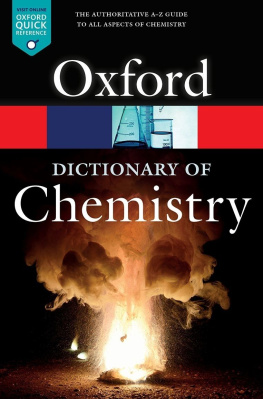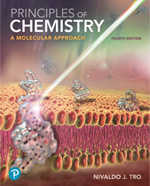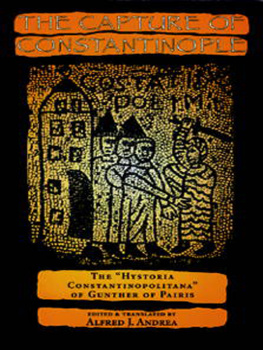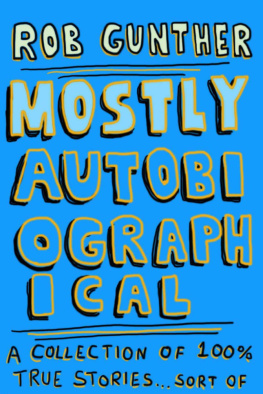Ohloff Günther - Scent and Chemistry : The Molecular World of Odors
Here you can read online Ohloff Günther - Scent and Chemistry : The Molecular World of Odors full text of the book (entire story) in english for free. Download pdf and epub, get meaning, cover and reviews about this ebook. year: 2022, genre: Romance novel. Description of the work, (preface) as well as reviews are available. Best literature library LitArk.com created for fans of good reading and offers a wide selection of genres:
Romance novel
Science fiction
Adventure
Detective
Science
History
Home and family
Prose
Art
Politics
Computer
Non-fiction
Religion
Business
Children
Humor
Choose a favorite category and find really read worthwhile books. Enjoy immersion in the world of imagination, feel the emotions of the characters or learn something new for yourself, make an fascinating discovery.

- Book:Scent and Chemistry : The Molecular World of Odors
- Author:
- Genre:
- Year:2022
- Rating:3 / 5
- Favourites:Add to favourites
- Your mark:
- 60
- 1
- 2
- 3
- 4
- 5
Scent and Chemistry : The Molecular World of Odors: summary, description and annotation
We offer to read an annotation, description, summary or preface (depends on what the author of the book "Scent and Chemistry : The Molecular World of Odors" wrote himself). If you haven't found the necessary information about the book — write in the comments, we will try to find it.
Scent and Chemistry : The Molecular World of Odors — read online for free the complete book (whole text) full work
Below is the text of the book, divided by pages. System saving the place of the last page read, allows you to conveniently read the book "Scent and Chemistry : The Molecular World of Odors" online for free, without having to search again every time where you left off. Put a bookmark, and you can go to the page where you finished reading at any time.
Font size:
Interval:
Bookmark:
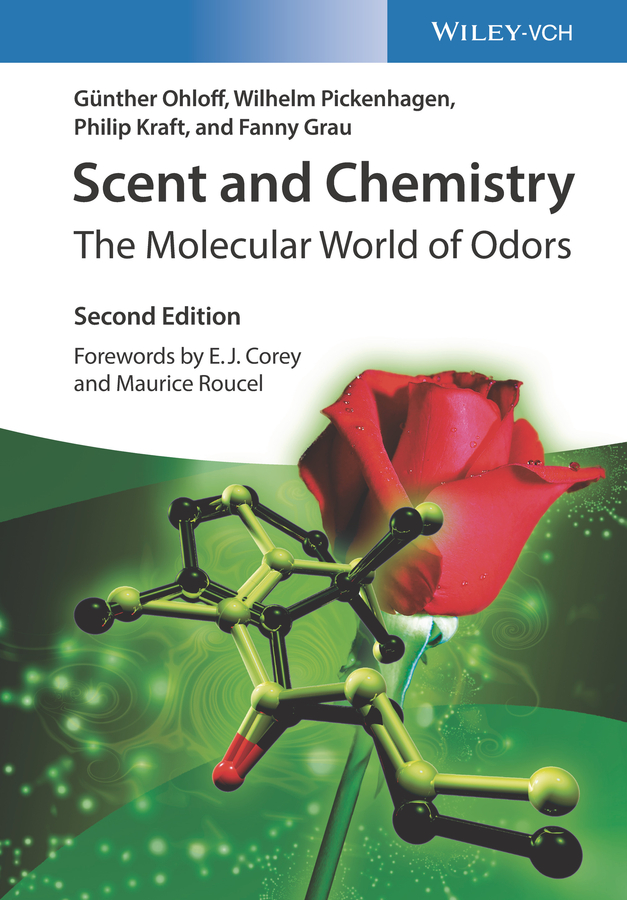
- Chapter 7
- Chapter 9
- Preface to the Second Edition
- Preface to the First Edition
- Chapter 1
- Chapter 2
- Chapter 3
- Chapter 4
- Chapter 5
- Chapter 6
- Chapter 7
- Chapter 8
- Chapter 9
Gnther Ohloff, Wilhelm Pickenhagen, Philip Kraft, and Fanny Grau
Second Edition

Authors
Dr. Gnther Ohloff
formerly Research Director of Firmenich SA, Geneva, Switzerland
Dr. Wilhelm Pickenhagen
Chemin Montmusy 3
1290 Chavannes-des-Bois
Switzerland
Dr. Philip Kraft
Symrise AG
S&C Global Innovation Fragrances
New Molecules Synthesis
Building D 209
Mhlenfeldstr. 1
37603 Holzminden
Germany
Dr. Fanny Grau
Symrise Aromas e Fragrancias Ltda.
Scent & Care Latam
Estrada do Capuava, 1000
Granja Viana, Cotia
SP, 06715725
Brazil
Deceased.
Cover Illustration:
Taking up the motif of the original German edition, the cover illustration shows a superposition analysis of the modern trendsetting captive Pomarose on damascenone in front of a red rose photographed by JeanPierre Bachmann. This superposition analysis is shown from a different perspective in on page 193 and is explained in the accompanying paragraph. The background features a fractal chaos generated from the light reflections on the surface as first featured on the corresponding Facebook page. Rendering and raytracing by Dr. Philip Kraft.
All books published by WILEYVCH are carefully produced. Nevertheless, authors, editors, and publisher do not warrant the information contained in these books, including this book, to be free of errors. Readers are advised to keep in mind that statements, data, illustrations, procedural details or other items may inadvertently be inaccurate.
Library of Congress Card No.: applied for
British Library CataloguinginPublication Data
A catalogue record for this book is available from the British Library.
Bibliographic information published by the Deutsche Nationalbibliothek
The Deutsche Nationalbibliothek lists this publication in the Deutsche Nationalbibliografie; detailed bibliographic data are available on the Internet at .
2022 WILEYVCH GmbH, Boschstr. 12, 69469 Weinheim, Germany
All rights reserved (including those of translation into other languages). No part of this book may be reproduced in any form by photoprinting, microfilm, or any other means nor transmitted or translated into a machine language without written permission from the publishers. Registered names, trademarks, etc. used in this book, even when not specifically marked as such, are not to be considered unprotected by law.
Print ISBN: 9783527348558
ePDF ISBN: 9783527829996
ePub ISBN: 9783527829989
Cover Design: SCHULZ GrafikDesign
Cover Illustration: Dr. Philip Kraft
Since ancient times, humans have derived pleasure from naturally occurring fragrances, perfumes, scents, and spices. However, it is only in the last 100years or so that science has revealed in great detail the many molecules responsible for these delightful properties and the fascinating connection between chemical structure and odor. At present, thousands of natural, older, and newer odorant substances are defined precisely as molecular structures and available by chemical synthesis. An enormous global commercial enterprise has evolved to provide aesthetically pleasing fragrances to meet a worldwide demand. The mystique of perfumes thrives as does global use.
Even more recently, we have begun to understand the nature of odor perception in terms of molecular receptors in the nose and the signal transmission between these, the olfactory bulb, and the brain.
This book, Scent and Chemistry: The Molecular World of Odors, delivers an indepth and authoritative exposition of every aspect of this multifaceted subject. It spans a vast terrain of topics, including historical, physiological, commercial, structural, and molecular basis of scent, and chemical synthesis of odorants.
Since I am a chemist, I was especially interested in the chemical structures of the many odorant molecules that are discussed in the book and the stepbystep pathways by which such molecules can be produced synthetically at scale. The large number of very interesting syntheses described by the authors adds great value for those in the field and for students of chemistry who will appreciate it as a treasure house of fascinating chemical structures and elegant reaction sequences.
I read this unique volume with great pleasure and satisfaction. For this reason, I extend warm thanks to the three distinguished authors and confident recommendation to potential readers.

Elias James Corey
Sheldon Emory Professor Emeritus
Harvard University
Nobel Laureate (Chemistry, 1990)
Cambridge, MA, USA
May 2021
Many people think that only natural ingredients should be used to create and compose perfumes. This is a generally preconceived notion that is not shared by the creators of perfumes. I try to be openminded and consider any odoriferous ingredient as perfumery ingredient, like a writer who utilizes every letter of the alphabet including X and Z to compose the words that make up his poems. Like all artists, musicians, painters, and all other creative people, we use what we deem interesting and useful for the realization of our ideas. What we are looking for is novelty, uniqueness, and beauty. The ingredients catalogue available 150years ago to the creative perfumer was far less thorough than it is today, making it difficult to create new original notes by using only natural ingredients.
The invention of synthetic Organic Chemistry in 1828 by Friedrich Whler and its rapid development considerably improved the possibilities for new creations. It began with the synthesis of naturally occurring molecules like coumarin (1.26), vanillin (1.27), and others. The progress in chemical methodology, analysis, and synthesis led to the discovery of odorants that do not exist in nature and allowed the development of new sensory impressions, which then opened up new dimensions for perfume creations. Notes like lily of the valley, among others, became available that could not be isolated from their natural environment, as well as lilacs and violets, whose extracts only had the name but did not possess the odor of the original flowers.
The synthesis and the use of fatty aldehydes contributed to the creation and originality of Chanel N5, that of hydroxycitrone (hydroxycitronellal), to the scent of lilyofthevalley flowers. All that resulted in a plethora of new creations in the years around 1920, and this was only the beginning.
Ambrox (1.41), allyl amyl glycolate, Calone (1.46), and ethyl maltol (1.47) contributed to the creation of very successful new perfumes.
Next pageFont size:
Interval:
Bookmark:
Similar books «Scent and Chemistry : The Molecular World of Odors»
Look at similar books to Scent and Chemistry : The Molecular World of Odors. We have selected literature similar in name and meaning in the hope of providing readers with more options to find new, interesting, not yet read works.
Discussion, reviews of the book Scent and Chemistry : The Molecular World of Odors and just readers' own opinions. Leave your comments, write what you think about the work, its meaning or the main characters. Specify what exactly you liked and what you didn't like, and why you think so.



